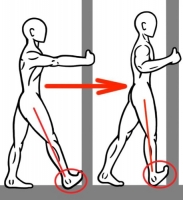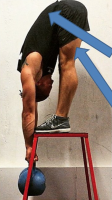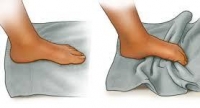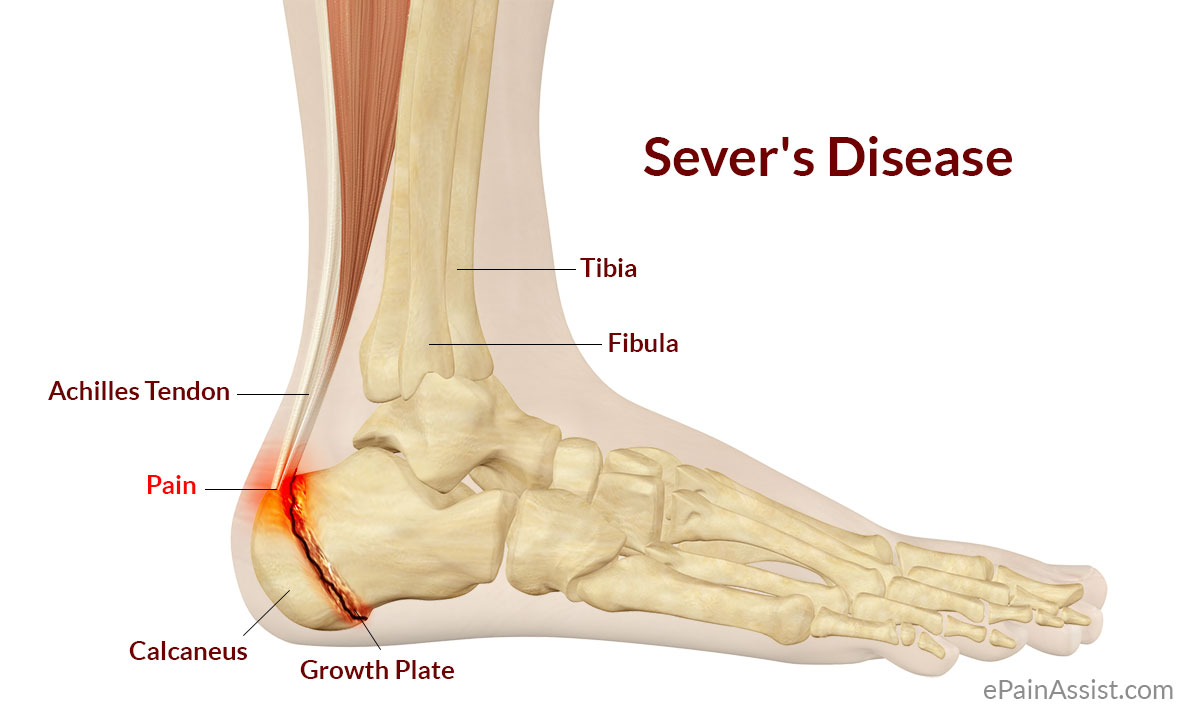Start of the year and kids are back to school. This means new shoes for school and sport and sometimes even new increased activities. The start of or the return of new routines. So this month we are going to talk about a condition that afflicts many growing kids. In fact the prevalence is approx 10% of children and it can occur unilaletrally or bilaterally (60%). It affects boys more than girls at a rate of 3:1. It is Sever’s Disease.
What is Sever’s Disease?
Sever’s disease also commonly called growing pains in the heels, can be a lot more serious than it sounds. It is in actually fact not a disease at all but an injury that occurs in the child’s heel which can be associated with a growth spur. Sever’s disease is categorised by inflammation of the growth plate in the calcaneus where the achilles tendon/calf insert.
Another name for this condition is calcaneal apophysitis. This is because it affects the area of the calcaneus where the plantar fascia and the achilles tendon attach. It generally first appears in children aged 7 or 8 years of age and then extends to ages 12-13 years of age as this is when the growth centre matures and fuses together.
Causes of Sever’s Disease
Sever’s disease is commonly associated in children that are active in running sports (athletics, soccer netball, basketball, gymnastics) which put extra strain on the achilles tendon which in turn causes microtrauma and microfractures in the heel’s growth plate. This is then why there is inflammation, localised swelling and pain.
Wearing ill fitting shoes which are too narrow in the toe box or too rigid are sometimes common causes. Usually they have tight calf muscles and are tight in the posterior myofascial line. This can come about by poor foot biomechanics such as over pronators or because they have had a sudden growth spurt which now the muscles are shortened to the new length of bone. If they then start a new sport or increase their activity levels, there is a sudden increase in biomechanical load on the heel which causes these stress fractures or micro trauma to the heel.
Leg length inequality can be another cause which can be true anatomical due to different rates the bones grow at or due to aberrant biomechanics of the pelvis where there is a perceived rotation of the pelvis causing a functional leg length inequality.
Signs and Symptoms of Sever’s Disease
The most common signs and symptoms of Sever’s Disease are:-
* Pain the heel;
* Limping;
* Tight calf muscles;
* Heel swelling and redness;
* Decreased ankle range of motion;
* Heel pain that is worse during or after activity;
* Pain in the heel in the morning, or when the heel is squeezed;
Treatment of Sever’s Disease
Treatment is aimed at reducing the swelling and inflammation that is occurring in the heel which then reduces the pain. This involves applying Ice to the heel at least 3 times per day and icing after activity. The ice should be apply for 10-15 minutes each time.
– Avoiding footwear that has a heel elevation, toe spring, and toe taper. So a shoe that is flat and has an wide toe box is ideal.
– Taping such as rock tape or kinesiotaping can be applied in the early phases to help manage the pain and discomfort.
– We also Stretch the posterior myofascia line which includes the back, hamstring and the calf muscles. See below for these exercises.
The good news with Sever’s Disease is that it is self limiting. With rest and after heel bone growth is complete, the pain and discomfort can disappear. But if the reasons for the onset and trauma to the area are not addressed then reoccurrence is high and tight calf muscles and foot issues might be an issue in the future.
5 Exercises to Help Sever’s Disease
1. Whilst standing roll the bottom of the foot with a golf ball or even a high bounce ball. Work across the toes, along the medial (inside) arch and also down the lateral (outside) arch of the foot. Try and do this for 80-120 seconds. 
2. Stretch the calf/ves of the affected leg/s with a straight leg and then a bent knee. This can be done standing with your foot against the wall and leaning your pelvis towards the wall. You can intensify the stretch by places your big toe flexed on the wall which will give the plantar fascia an increase in stretch. Stretches are held for 60 seconds and repeated twice and done three times per day
3. Jefferson Curl. Click here for a video
This is to increase the flexibility of the posterior line as well as adding strength to it. You start the exercise by standing on box or step (if you are no where near touching your toes you can leave this out). Next you grab a small weight, do not go heavy here. I normally recommend a 1litre to 1.5 litre bottle of water too begin with. Start with the weight/water bottle in both hands. Then begin the movement by rolling our chin to chest and slowly lowering the weight to the floor. Try and concentrate on rolling down one spinal level at a time. All the time we are keeping our legs straight. When we reach our lowest point we hold this for 10 seconds. We then concentrate on contracting through our pelvis and gluteals to start to return to the beginning position. We aim to do 10 reps with the last rep holding the bottom position for 60 seconds.

4. Next we need to look at the strength of the calf. Here we aim to do double leg calf raises standing on a step or box. The idea of this movement is a slow tempo speed of 6 seconds up and 10 seconds down, working at that speed for 2 minutes twice per day. It is very important to do a slow tempo speed as we don’t want to cause undue stress to the area by doing them quickly and causing microtaruma. If there is no pain with double leg the progression is single leg calf raises.
5. Towel scrunches. This is to strengthen the plantar fascia and create some mobility in the foot. You place a towel on the floor and have your foot placed on top of it whilst sitting. Then you try and scrunch the towel just by shortening your foot and toes. You continue the exercise for a duration of 1-2 minutes twice per day.

*If you feel any sharp pain or increase discomfort with the above exercises you should discontinue and seek you registered health care provider*
If you would like more information about Sever’s Disease or would like to book an appointment at Neurohealth Chiropractic – please call the clinic on 9905 9099 or email us admin@neurohealthchiro.com.au or fill in the contact form from our website www.neurohealthchiro.com.au
Sign up to receive Neurohealth Chiropractic’s Free monthly health newsletter on the Right Hand Side of this page. Filled with great information and lots of easy health tips to keep you at Optimal Health!
This article is written by Dr. Steven Cannon, Chiropractor – Neurohealth




